Media Release, Cracking the Case! Rediscovery of an Elusive Top End Wetland Crayfish, Museum and Art Gallery of the Northern Territory, July 2024

New light has been shed on one of Australia’s most secretive and rare freshwater creatures, a species of tropical crayfish. Researchers at the Museum and Art Gallery of the Northern Territory (MAGNT) in Darwin, as part of a broader collaboration, have published the findings of a study into the curious Nutcracker Yabby or Cherax nucifraga. And it’s a very Territory story, involving crocodiles, barra and floodplains!
The Nutcracker Yabby was previously known only from a single individual, found in the stomach of a Barramundi on a western Top End floodplain during the runoff of rain in1983. The specimen was donated to MAGNT, where it sat in its natural history collections until the early 1990s. It was then noticed as unusual by a visiting crayfish expert, who described it as new to western science. The specimen had exceptionally large claws (chelipeds) with a distinctive tooth-like structure on one finger, giving the claw the appearance of a nutcracker device, providing the basis for the common and scientific names for the species.

Since this initial finding, no further information became known regarding the species. Its distribution, ecology, live appearance, biology and conservation status remained a mystery. The recorded location of the crayfish-eating Barramundi was in a remote coastal region with limited vehicle and boat access, comprising a large area of seasonally flooded wetlands, dense with aquatic plants and dominated by saltwater crocodiles. It is not surprising that no new collections of this species were made.
Enter the natural sciences team of MAGNT, who, over a five-year period, undertook detective work in the field aiming to rediscover the species. Initially, a single dried-up claw was found, from which they successfully extracted DNA to confirm the presence and validity of the species. This spurred further field studies, which yielded the first live animals found across two different floodplain river systems (Finniss and Reynolds rivers). Further review of the MAGNT collection also confirmed the presence of the species on the Tiwi Islands.

Professor Chris Austin, a research associate at MAGNT, Charles Darwin University and Deakin University, drove the molecular genetic and taxonomic components of the research. MAGNT Curator of Fishes, Dr. Michael Hammer, led the project and conducted the fieldwork and collection-based aspects of the research.
Quote from MAGNT Curator of Fishes – Dr Michael Hammer
“This discovery highlights how much there is still to document about the diversity of types of species occurring across the Northern Territory.
Globally, Australia’s freshwater crayfishes are recognised as unique and diverse, but we unfortunately also have the highest number of threatened crayfish species. So, information to better understand local crayfish will help to inform conservation of species and protection of their habitats. I hope that this discovery will help Territorians to recognise and understand their local yabby species.”
Quote from MAGNT Director – Adam Worrall
“Collections-based research can help us understand the world around us. With increasing threats to biodiversity and often logistical challenges finding cryptic species in the field, our collections hold promise of species discovery and description well into the future.”
The study provides the first life images, ecological information and DNA sequencing of the Nutcracker Yabby, which can help in its identification and management as well as environmental DNA monitoring programs. The research received funding from Donor Janie Mason AM and the NT Government, and involved collaboration with CDU, Deakin University, Nature Glenelg Trust and Université de Poitiers in France. The study was published in the latest issue of the scientific journal “Aquatic Conservation: Marine and Freshwater Systems.”
ENDS
Image: Photography by Dr Michael Hammer

